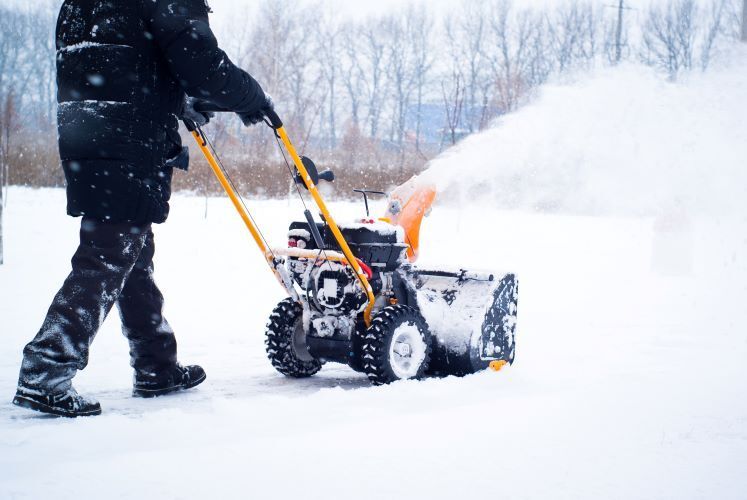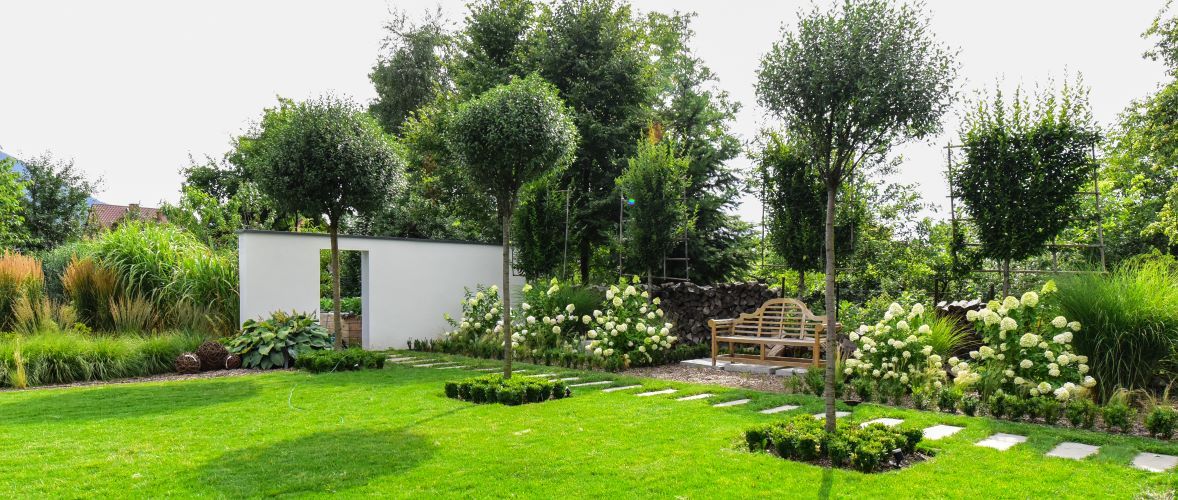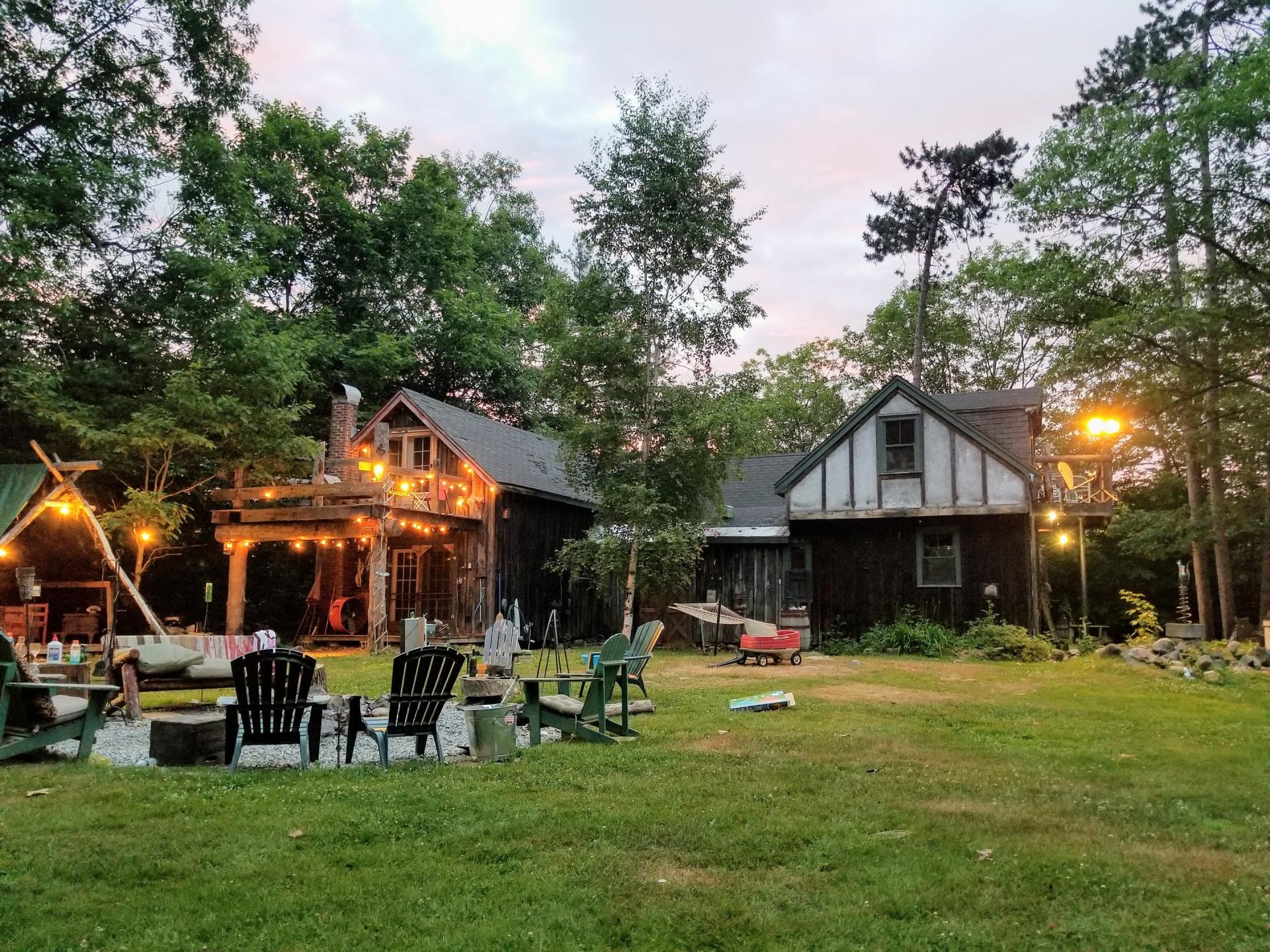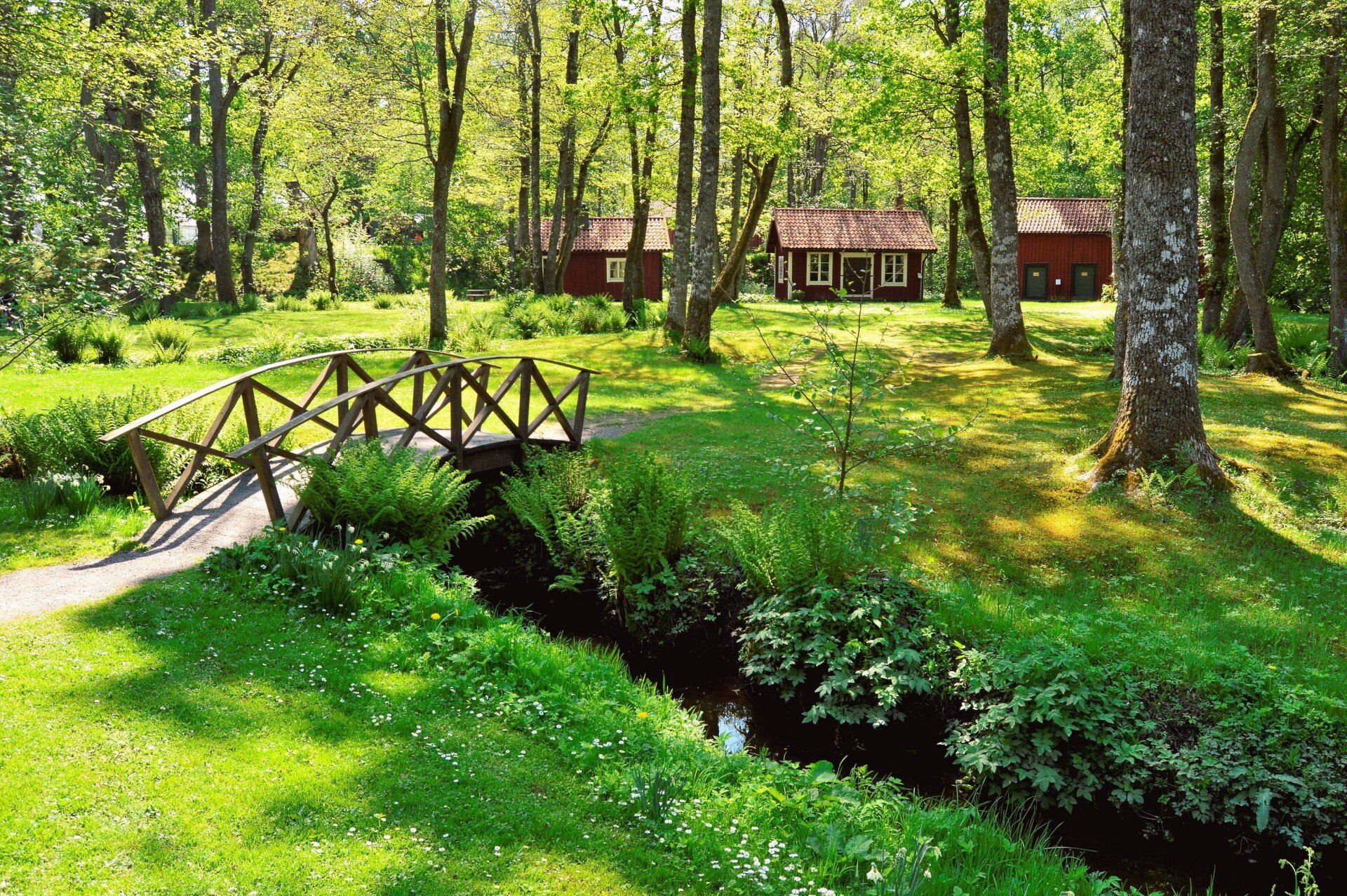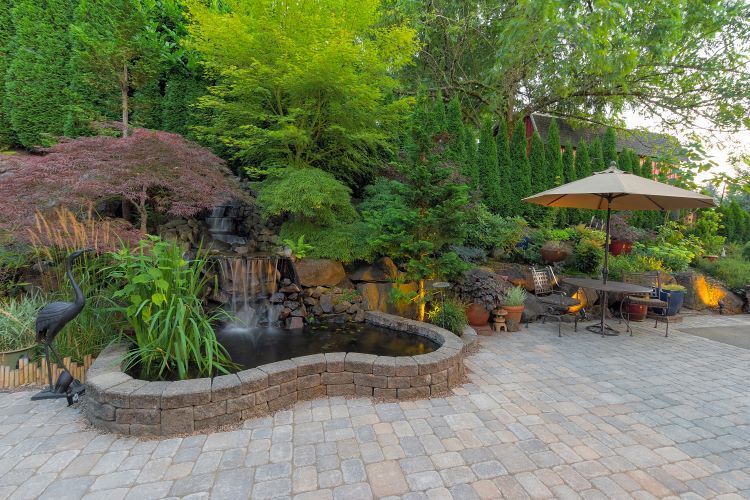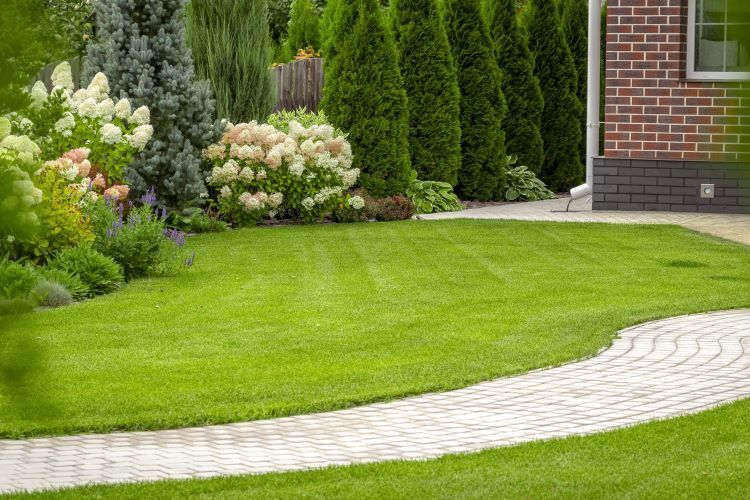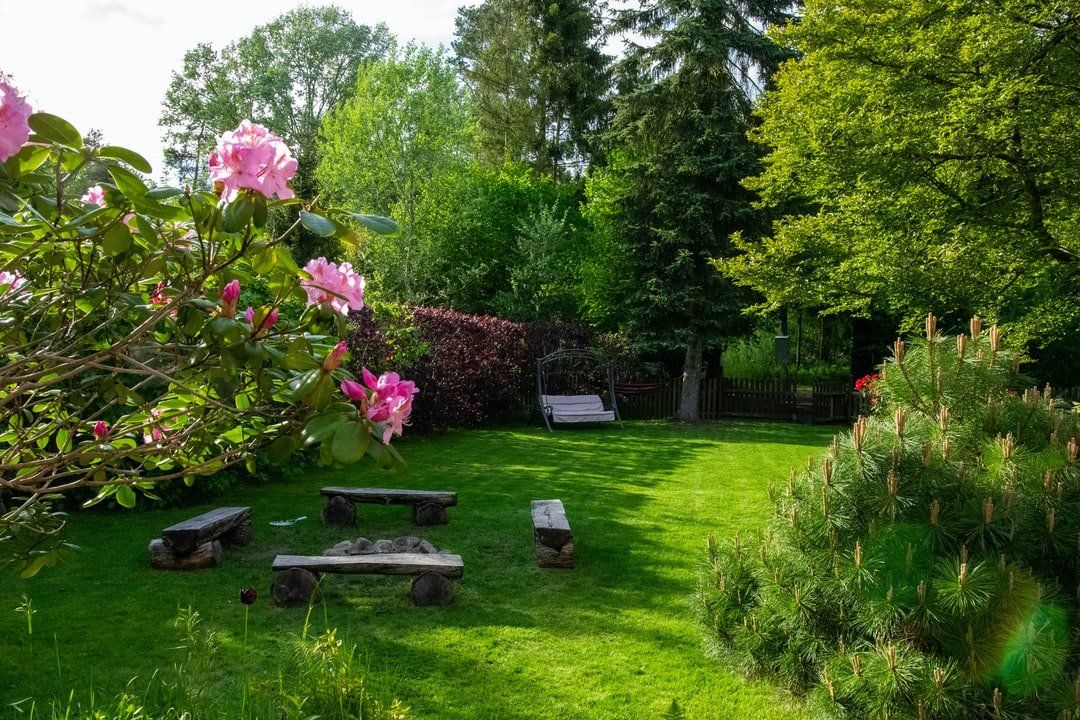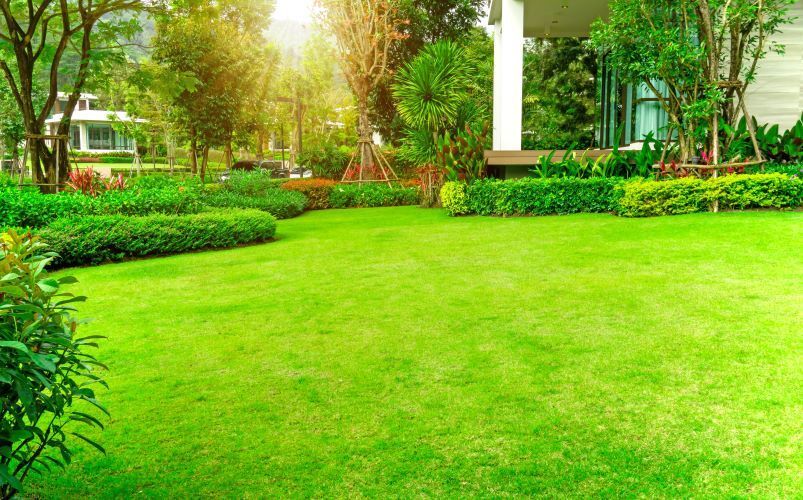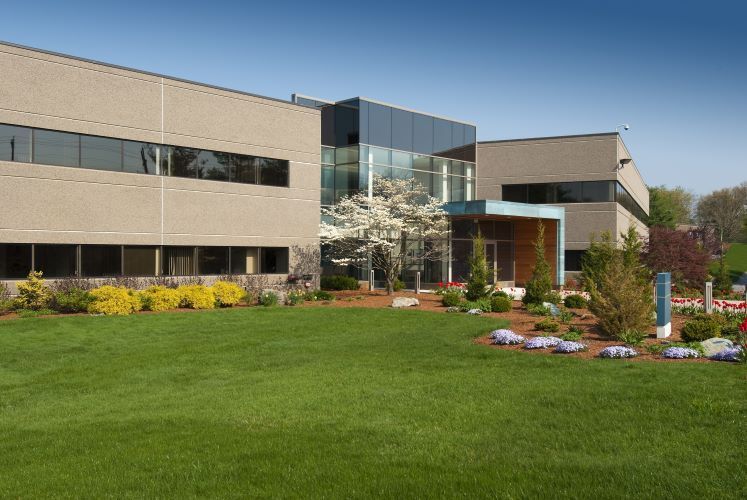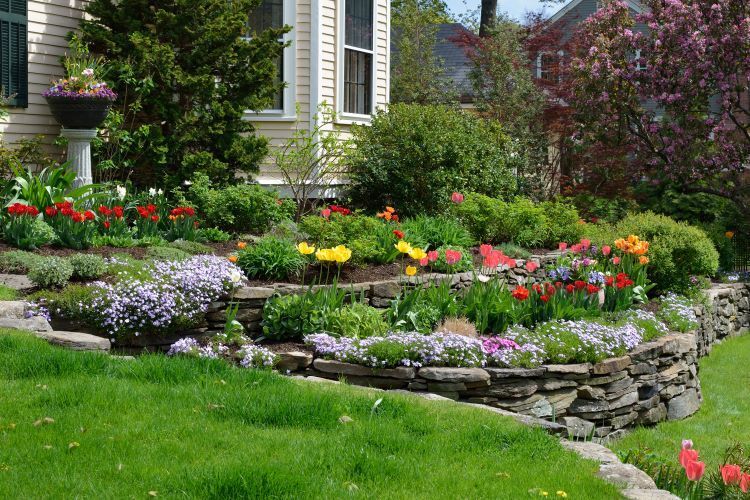Exploring the Types of Retaining Walls for Landscaping
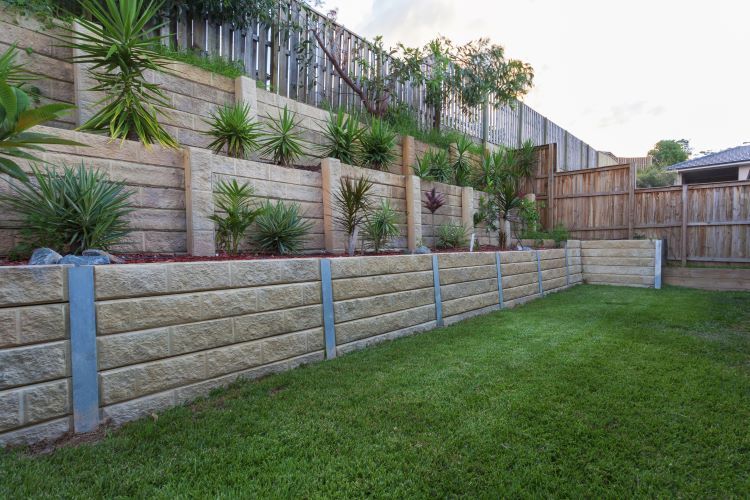
Retaining walls are a critical element in landscaping, offering both functional and aesthetic benefits. They prevent soil erosion, manage water runoff, and add structure and beauty to your outdoor spaces. At Landscaping Saskatoon, we specialize in designing and constructing retaining walls that not only enhance the look of your landscape but also address its specific needs. In this guide, we’ll explore the various types of retaining walls and their applications.
1. Gravity Retaining Walls
How They Work
Gravity retaining walls rely on their own weight to hold back soil. Made from heavy materials like stone, concrete, or brick, these walls use mass and leverage to resist the pressure from the soil behind them.
Applications
- Garden Borders: Perfect for creating raised garden beds or defining garden spaces.
- Terracing Slopes: Ideal for terracing and creating level areas on sloped properties.
Advantages
- Versatility: Can be constructed from a variety of materials to match any landscape design.
- Durability: Long-lasting and requires minimal maintenance.
2. Cantilevered Retaining Walls
How They Work
Cantilevered retaining walls consist of a vertical stem and a base slab that form an L-shape. The base slab is buried in the ground, and the weight of the soil above helps anchor the wall in place.
Applications
- Large-Scale Projects: Suitable for supporting large amounts of soil in extensive landscaping projects.
- Commercial Use: Commonly used in commercial and industrial applications due to their strength.
Advantages
- Efficient Use of Materials: Requires less material than gravity walls for the same height.
- Strength: Capable of supporting taller walls and higher loads.
3. Sheet Piling Retaining Walls
How They Work
Sheet piling walls are constructed by driving thin, interlocking steel, vinyl, or wooden sheets into the ground. These walls are held in place by the friction and pressure of the surrounding soil.
Applications
- Tight Spaces: Ideal for use in areas with limited space or where excavation is difficult.
- Waterfront Properties: Commonly used to prevent soil erosion along coastlines, riverbanks, and lakeshores.
Advantages
- Quick Installation: Can be installed quickly with minimal excavation.
- Flexibility: Suitable for both temporary and permanent applications.
4. Anchored Retaining Walls
How They Work
Anchored retaining walls are reinforced with cables or rods anchored into the rock or soil behind the wall. These anchors provide additional support, making the wall capable of withstanding higher loads.
Applications
- Steep Slopes: Ideal for steep slopes where additional support is necessary.
- Heavy Loads: Suitable for areas where the wall needs to support significant weight.
Advantages
- Enhanced Stability: Provides greater stability and support than non-anchored walls.
- Adaptability: Can be used in conjunction with other types of retaining walls for added strength.
5. Segmental Retaining Walls
How They Work
Segmental retaining walls are constructed using interlocking concrete blocks that do not require mortar. These blocks are stacked and rely on gravity and the wall’s design for stability.
Applications
- Residential Landscaping: Popular for garden walls, terraces, and decorative landscape features.
- DIY Projects: Suitable for DIY projects due to their ease of installation.
Advantages
- Ease of Installation: Can be installed without specialized equipment or skills.
- Aesthetic Appeal: Available in various colors, textures, and sizes to match different landscape designs.
6. Gabion Retaining Walls
How They Work
Gabion walls are made from wire cages filled with rocks or other materials. These cages are stacked to form a wall that is both flexible and permeable.
Applications
- Erosion Control: Effective in controlling erosion and stabilizing slopes.
- Natural Aesthetic: Ideal for projects that require a natural, rustic appearance.
Advantages
- Eco-Friendly: Uses natural materials and promotes drainage.
- Durability: Long-lasting and resistant to weather and environmental conditions.
Conclusion
Choosing the right type of retaining wall for your landscaping project depends on various factors, including the terrain, soil type, load requirements, and your aesthetic preferences. At Landscaping Saskatoon, we offer expert advice and professional installation services to help you select and construct the perfect retaining wall for your needs.
Whether you’re looking to create a stunning garden feature, manage a sloped landscape, or prevent soil erosion, our team is here to provide the expertise and craftsmanship you need. Contact Landscaping Saskatoon today to learn more about our retaining wall services and how we can transform your outdoor space.
Landscaping Saskatoon is your local expert for all things landscaping in Saskatoon, SK. From design to construction and maintenance, we’re committed to delivering excellence in every project. Visit our website or call us for more details.
